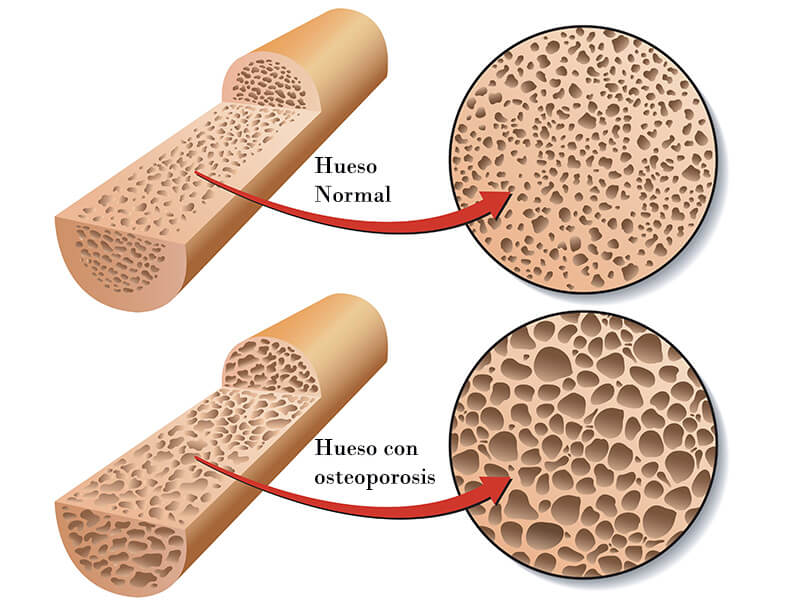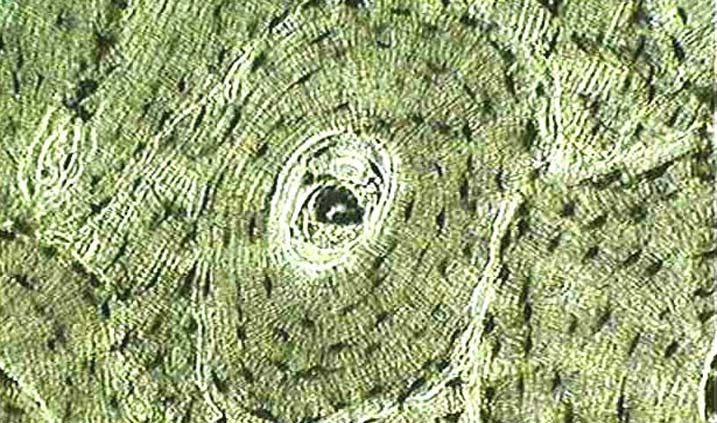Prevention of osteoporosis
Osteoporosis is a silent disease that can go unnoticed for many years, affecting mainly women after menopause, although it also affects men in later life, young people and people suffering from diabetes. It is estimated that its incidence will increase due to the progressive ageing of the population.
Index:
|
Summary: A good diet, olive oil and exercise bring great health benefits.
Other interesting articles: Characteristics of olive oil
1. What is osteoporosis and why does it occur?
Osteoporosis is a musculoskeletal disease produced by the decalcification of bones, weakening their resistance and increasing their probability of fracture. This bone fragility can affect important bones such as those of the hip, causing a permanent loss of mobility and independence.
Its origin is due to the breakdown of the balance between the formation and destruction of bone tissue. Bone tissue is renewed throughout life and this process is called bone remodelling. Bone remodelling is carried out by two types of cells, cells called osteoblasts that create bone tissue and osteoclasts that destroy it. The problem arises when this balance tips towards bone destruction, i.e. more bone is destroyed than is formed.
Osteoporosis is mostly suffered by women after the menopause. After the menopause, women stop producing oestrogen (female sex hormones), this drop in oestrogen levels causes an increase in bone destruction and the release of its calcium into the bloodstream.
The risk of suffering from osteoporosis is determined by genetic and hereditary factors, by the amount of bone mass that has been formed, and by the amount of bone mass that has been lost.

Photo 1: Comparison of a bone with osteoporosis and a normal bone.
2. Natural treatment for osteoporosis
Calcium can be obtained by consuming dairy products such as milk, cheese, kefir, yoghurt or other non-dairy products such as sardines in oil and figs.
Vitamin D, a fat-soluble vitamin, enables the absorption of calcium in the body. Vitamin D can be obtained from the skin, when exposed to the sun’s rays. It is also found in some foods such as egg yolk, some fish, salmon and mackerel and in extra virgin olive oil.
According to new research, in addition to vitamin d, which aids calcium absorption, other minority components of extra virgin olive oil, such as polyphenols, europein, hydroxytyrosol and luteolin, may reduce calcium loss from bones and increase the formation of osteoblasts, which form bone, helping bone development and calcification at all ages.
Furthermore, statistics show that countries that follow the Mediterranean diet and consume fresh fruit and vegetables and extra virgin olive oil have stronger, healthier bones.
Source:
Medlineplus. https://medlineplus.gov/





Leave a Reply
Want to join the discussion?Feel free to contribute!